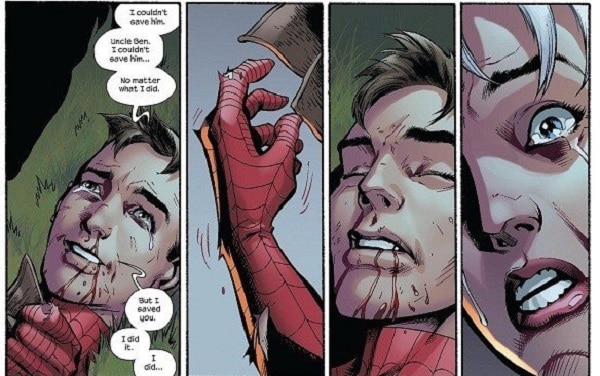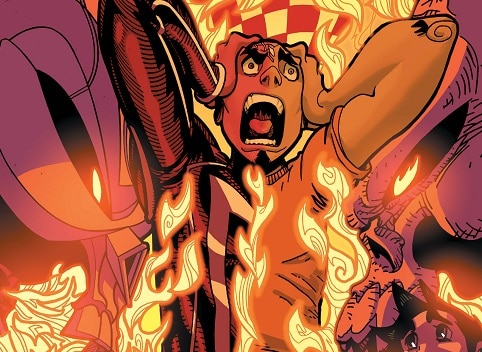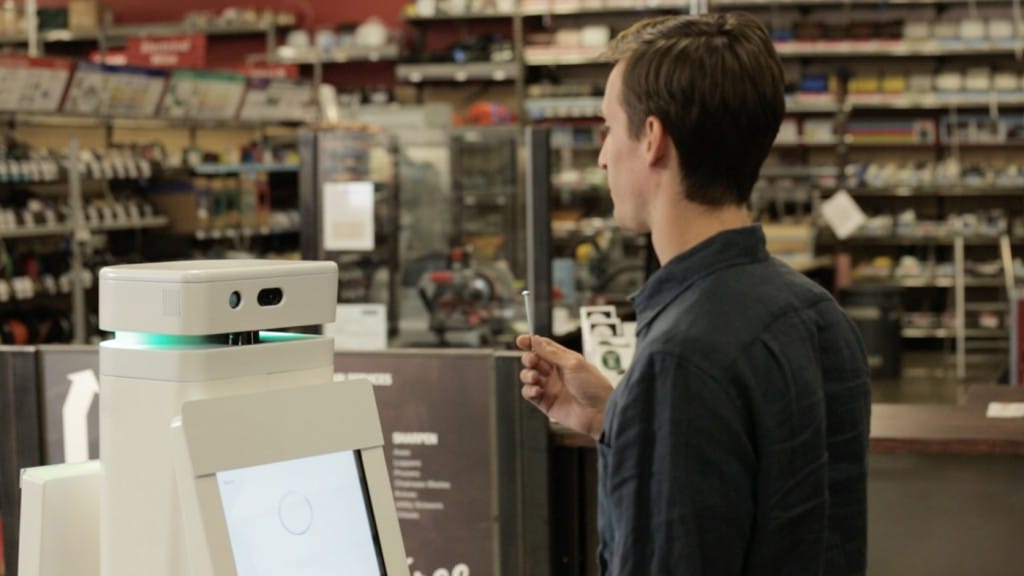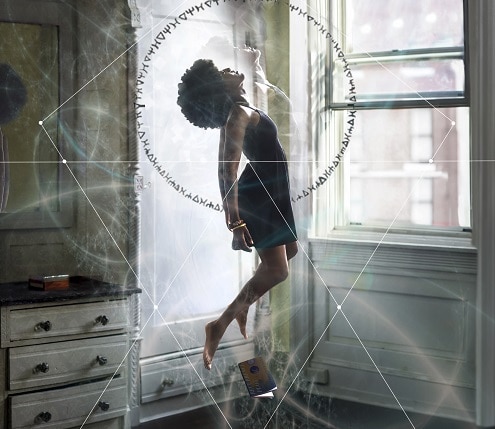In today’s world, mobile phones are literally our lifelines — they are with us through the good, the bad and the ugly. This list lets you know just how ugly it can get. Here are 12 disturbing facts about your mobile phone, according to Yahoo.
Your Phone Is Filled with Crud
You never know what you’ll find when you pop the cover of an iPhone or Samsung Galaxy, but you know it won’t be pretty. The repair shops we contacted report a wide range of effluvia inside, including metal shavings, construction dust, tobacco leaves and “what can only be described as green slime,” says Oz Rahman, vice president of quality assurance at Batteries Plus Bulbs.
Your Phone Is Also Dirtier Than a Subway Toilet
And not by just a little. Cellphones have 18 times more bacteria per square inch than your average toilet seat, according to researchers in Turkey. A study by the London School of Hygiene and Tropical Medicine found that the surface of one in six handsets contained — how do we put this delicately? — fecal matter.
Pocket Lint Is Not Your Friend
The No. 1 cause of failure for charging ports and headphone jacks? Pocket lint, say several repair shops.
“Lint is a horrible conductor that can slow down charging or block it entirely,” says iCracked’s AJ Forsythe. “And it doesn’t move when you blow into the port — in fact, that just forces the lint in even farther.”
However, you can remove the lint from a headphone jack using a Q-tip and a tiny bit of rubbing alcohol, he adds. The charging port is trickier — you may need to open the case and reseat the power connector, a task better left to a pro.
Kickstarter Campaign Started for Feature Film ‘Bar Star City’
Author of “Afrofuturism: The World of Black Sci Fi and Fantasy Culture” Ytasha L. Womack is embarking on completing her first trippy feature film, Bar Star City. After reading the description for myself, I got the sensation of experiencing one of those really late-night Adult Swim bumpers on a roller coaster. Or a fever dream of the Chalmun Cantina, with Black people:
A goddess, a war veteran and the captain of a spaceship meet in a bar…
We’ve all gone to bars and met unique, quirky personalities. But what happens when seemingly ordinary people are quite extraordinary? This film follows several not-so-ordinary regulars of a bar that’s become a home for the galactic and well-traveled.
A sci-fi film with Afrofuturist themes, Bar Star City looks at love, deception, memory and alienation among a group of bar regulars who just want a place to call home.
The Kickstarter campaign to get the funds to really make a cinematic classic piece of Afrofuturist history has 16 days left to raise $9,500. For science-fiction fans who dare to dream, this Bar Star City teaser produces an aesthetic; it asks questions and thrives on our curiosity with its images and soundtrack that is worth the investment.
Womack’s book on the movement is an innovative read that builds a case for Afrofuturism’s history, present, and daring future in our stadium of artistic expression. Bar Star City is such an exciting next step for Womack and Black science-fiction cinema. Donate, share, and rave about this proposal to your clans far and wide.
Source: graveyardshiftsisters.com
This Innovative Audi Can Seriously Make Searching For Parking A Thing Of The Past
7 Epic Comic Book Deaths That Deserve Far More Attention
Let’s get it out of the way. Yes, we all know death is not the end in comic books. Now there are certain deaths that have stuck and are defining: Gwen Stacy’s and Bruce Wayne’s parents, Thomas and Martha Wayne, will always be staples in comic book deaths. However, I think it is time for an update to the list of meaningful deaths or at least to acknowledge more recent deaths that should be staples of the new age we are in. Let me just say what I am presenting IS NOT IN ANY PARTICULAR ORDER. I’m just throwing out some deaths and sacrifices of people I think should be on these lists when we talk about Top 10 dead or well … stayed dead.
This list is presented courtesy of Omar Holmon from Blacknerdproblems.
‘All New Ghost Rider #9 Masters Action’ — Review
Well, I’m happy to report that “All New Ghost Rider” is still delivering on what it promised from Day One. There are few books out there that do cartoonishly violent, ridiculous, over-the-top action as well as this one. Felipe Smith has been consistently killing it, crafting a slightly younger chapter of the “Ghost Rider” legacy.
This issue picks up with Robbie Reyes not quite in control of things. Eli Morrow, who isn’t quite the friend Robbie thought he was, has taken the wheel and set out to close a few old accounts with the Russian mob. Meanwhile, Johnny Blaze, the original Ghost Rider is out looking for a rematch with Morrow to teach him that there’s no school like the old school. Smith does a pretty good job pacing what is mainly a passing of the torch to the next generation. It’s a nice change to see the Rider’s other side having slightly different, more human aims (even if they’re as douche-y as Morrow’s are), making for a more reluctant team up almost akin to supernatural “48 Hours.”
Damion Scott’s pencils are the best suited to follow up Tradd Moore’s anime-invoking style. The battles are consistently epic and detailed, the downside being that this can sometimes result in Chris Bachalo Disease (meaning panels can be SO detailed at times, you can get lost in figuring out what’s what).
Bottom Line: Rider vs. Rider has been an excellent platform toward the new one proving itself (as a character and a book) with enough tidbits to keep us looking forward to next time. 8 out of 10.
Source: Oz Longworth at blacknerdproblems.com
Stephen Hawking Adds Validity to Fears of Better Artificial Intelligence Marking the ‘End of the Human Race’
In the midst of the debate about how dangerous technology can become if it continues to advance at such incredibly fast rates, Professor Stephen Hawking is siding with those who are deeply concerned about what the future of technology could mean for mankind.
Some people think the idea of robots destroying mankind is a far-fetched paranoia, while others believe this kind of future is much closer than most people would be willing to believe.
While there aren’t many claims to support a hostile robot takeover like many sci-fi flicks portray, there is enough evidence to suggest that the advancement of artificial intelligence (AI) could have a drastic, negative impact on mankind.
“The development of full artificial intelligence could spell the end of the human race,” Hawking said, according to the BBC.
Hawking’s concerns are not that robots will launch a violent attack against the human race but rather that they will snatch jobs away from people and cause unemployment rates to skyrocket.
“It would take off on its own, and redesign itself at an ever-increasing rate,” he added.
Hawking went on to say that humans are “limited by slow biological evolution” and this would allow machines with advanced artificial intelligence to essentially take over the job market.
Hawking’s comments came during a conversation about revamping the technology he uses to communicate every day, which one tech entrepreneur believes is exactly why people should not fear technological advancements.
Rollo Carpenter, the creator of Cleverbot, a program that learns users’ past conversations and responds to text messages automatically, pointed out that there is a possibility that people could seriously benefit from advancements in AI and that society will have to be willing to take a risk.
“We cannot quite know what will happen if a machine exceeds our own intelligence, so we can’t know if we’ll be infinitely helped by it, or ignored by it and sidelined, or conceivably destroyed by it,” he told the BBC.
For most people, however, the idea of machines taking jobs away from Americans is enough to have them pass up on taking that risk.
Some stores have already started launching technologies that could possibly take jobs away from humans in the future.
Recently, certain Lowe’s stores introduced robot sales associates, known as OSHbots, that are able to assist customers with basic needs such as finding tools or checking prices on items.
For the average customer, that’s about all the help they will need.
The robots even have the ability to scan a screw or other tool that a customer comes in with and locate more of that item or similar items in the store.
As the robots continue to be upgraded over time, it doesn’t seem too far-fetched that certain stores will be able to drastically reduce how many human sales associates they need on the floor.
Another major concern in the digital age has been the accessibility that the Internet provides and the ability that tech-savvy hackers have that can allow them to steal personal information and breach top-notch security systems.
Hawking said that the Internet has grown dangerous for this very reason and that there needs to be an increased focus on making the Web more secure.
“More must be done by the Internet companies to counter the threat, but the difficulty is to do this without sacrificing freedom and privacy,” Hawking added.
With more and more Americans utilizing online banking, using virtual means to store private documents and the vast amount of information that is stored on every person’s device, the call to boost Internet security is more important now than it has ever been.
5 Advisers to Avoid When Launching a Business
In the age of trending #startups and #entrepreneurship, more people than ever believe they are experts or have advice to give. According to Mashable, “the success of any new business often hinges on getting the right advice from people who have been there before. Applying the 90-10 Rule to advice means that 90 percent of the advice worth following comes from just 10 percent of the advice-givers.” Here are five advisers to avoid, as shared by Mashable.
Advisers Who Don’t Listen
Have you ever come across people who start spouting advice without taking the time to understand your specific situation? They never bother to ask a single question about the business before launching into their “advice.”
Avoid these individuals by focusing on advisers who ask thoughtful questions and then listen to your answers. The best listeners usually make the most helpful advisers.
Check Out These Provocative And Innovative Thoughts On How People Will Communicate In The Future
Source: The Verge
Combining Time Travel and Metaphysics: Recurrence Plot (and Other Time Travel Tales) Review
Review written by Sherese Francis of FuturisticallyAncient.com
Experiment: Write a letter to your future self or past self. Try to meditate and astral project yourself into the body of one of those selves before or while you are writing to do so. Can you remember past and future memories?
(Not from the book but in the style of it)
If you study metaphysics and archetypal psychology, you might have heard the term synchronicity. Popularized by Carl Jung, synchronicity is defined as “the coincidental occurrence of events and especially psychic events … that seem related but are not explained by conventional mechanisms of causality” or as he describes it, “synchronicity is the coming together of inner and outer events in a way that cannot be explained by cause and effect and that is meaningful to the observer. I’ll be honest. I do believe in synchronicity because I have had numerous strange coincidences maybe because I was intuitively looking for something and happen to come across it, or I set things into motion by looking for something in one place and stumble across something relevant in another. For example, I applied for a poetry fellowship and I was compelled to go through the list of the previous fellows; one of them was Reginald Dwayne Betts. I read some of his poems and happened to like them. About a week or two later, I went to the library and randomly decided to look through the poetry section and found a collection of Robert Hayden poems. I remembered enjoying his poetry as well, so I flipped to the forward and started reading. The writer’s description sounded familiar and I didn’t realize why until I looked at the cover again and realized that it was written by Betts. How did I stumble across a collection introduced by Betts soon after I just found out about him? Hmmm? Does it mean something? I don’t know, but it was spooky.
Why am I beginning with this? Well a similar circumstance happens to the character Khepri in Rasheedah Phillips’ experimental book, “Recurrence Plot and Other Time Travel Tales.” For synchronicity to happen, time itself works not only in a surface-level linear fashion that implies causality, but it works also at deeper, circular, interwoven movements of several times. Phillips explores the complexities of time and memory via concepts found in metaphysics, physics, philosophy and quantum theory. The book begins and stays for a majority of the time with the main character, Khepri, whose name is the same as the Egyptian scarab beetle god of rebirth and sunrise (note: her mother in the book actually names her after the Capri Sun name but with a variation in spelling, which could be considered a play on synchronicity). Khepri is a journalist who is investigating a series of virtual reality experiments done on young teen boys who are committing violent acts afterwards for no reason. But during a day off and a travel to a thrift shop, she stumbles across a book called “Experimental Time Order,” a book within a book, which she was meant to find and is a mash-up of quotations from several thinkers and reflections on the mind, memory, time, physics, quantum physics, spirituality and metaphysics. This opens the door to conversations with her future self, which help her to reveal suppressed memories of her difficult past that will help her present self.
The major linchpin of the book is Phillips’ slippage between reality and fiction. It pervades throughout the entire book as well as in a metafictional sense. Walls between the reader and book seem to break down at several points with the inclusion of chapters of Experimental Time Order interspersed, and especially in one of the later chapters, it seems as if the reader is the one to whom the book addresses. From early in the book, it is introduced that the stories are interpreted as computer programs and the readers wonder if they are on the same experimental PTSD machine that is creating these virtual realities for the young boys and main characters. The characters in the first three stories, Khepri, Deenah and Afina, all suffer from some kind of memory issue. Khepri’s memory issues, based on this slipperiness of time and reality, make it questionable whether she is actually speaking with her future self or that her past self writes reminders to her present and future selves. All of these reinforce much of the major themes in the book of the interconnection between the observer and the observed, the slipperiness of memory and identity, the interconnectedness of all things, and the quantum concepts of life as an illusion or hologram.
Phillips also uses these themes of metaphysics, quantum physics and the construction of realities to write a commentary on social systems. Social systems are not the results of passive linear progress or the way the world just is, but a result of a mix of intentions and actions that we put into motion under the superficial surface of the results we see. We created them and there are multiple levels to life beyond what we do see. It is much like the movie of the Matrix: it takes conscious action, a mental and emotional awareness of oneself and the world around them and a recognition of patterns to cause a shift in the system (think back on synchronicity). One of the pieces of information mentioned in Experimental Time Order is the types of memory – ones that are mechanical and habitual and others that are consciously constructed. When social systems fall into the former mechanical one, it becomes dangerous because we no longer question other possibilities that exist; our attention is focused on that one possibility that we see much like the observer in the wave-particle theory. Khepri’s development of awareness of her past, present and future selves helps her see her connection and the complexities of herself in relation to institutional racism, racializied scientific experimentation and cultural philosophies about human existence.
Another linchpin of the book is its matriarchal, womb-like structure of it. The main characters of the book are all women and while they are not obviously connected or related, you sense a kind of lineage and interconnectedness of each character and the reader feels an embodiment of the characters. Each character is like a reincarnated presence of another building on the book’s idea of recurrence. Based on Phillips’ own personal stories reimagined in a speculative way, the book reinstates women as creators of worlds, a status that is often refused to them in traditional religions and other public institutions. In the ending stories, “The Shift (Afina)” and Zero Point (You), the stories ascend from more personal stories to more social and cosmic, the latter much like 2001′s “starchild” about to descend into its avatar, both in the divine being descending into human form and the computer representation of someone sense. Whether the book is read forwards or backwards as it suggests in the end, “Recurrence Plot” manages to find balance between its own chaos and order.
Where Are the People of Color in the New ‘Cinderella’ Movie?
Back in August, Cinderella on Broadway announced its first African-American lead to wear the glass slippers, Keke Palmer. Your standard reaction to the diverse casting was probably something like, “Oh, that’s nice,” or “It’s a little weird we’re still having ‘firsts’ like this in 2014,” but somewhere in another building, Cinderella’s movie casting director leapt from her chair, fingered through her filing cabinet, and studied their lineup like, “ah sh*t.” Disney released its official trailer for 2015’s reboot of the Cinderella and it has the diversity of a Klansmen meeting.
Introducing the classic fairy tale to a new generation of children, Disney tossed the memory of 1997 for a cast more homogeneous than identical twins. Hollywood made a Dorian Grey-style wager for Sony Pictures’ Annie: to be greenlit, and one day someone will find the Blu-Ray of Cinderella in an attic getting older and whiter. In fact, the only non-white person in the trailer is the same forgettable Black throwaway character from season 2 of Game of Thrones. The casting director, let’s call her Lucy Bevan, frantically fanned through piles of headshots for her token before Robb Stark walked in her office like “I know just the guy.” She thanked him graciously, and they hugged.
Surprisingly, after the addition of Xaro Xhoan Daxos, Cinderella actually includes some riveting characters of color, according to IMDB. The official cast reveals complex characters of color such as “Captain.” We can assume he is the captain of an army platoon, or maybe a boat. I can’t wait to see the dynamic struggles of “Palace Guard.” The characters “Ball Guest” and “Ball Dancers” are rumored to offer commentary on queer identities of ballroom dance in 17th century France. And who is likely to forget the nuanced portrayal of the character “Townsfolk”? A female character of color, Princess Mei Mei, even has a name and is speculated to speak in a complete sentence with a verb.
This isn’t an indictment on the soundness of the film — it might be very good — but I’m less than excited because I don’t care about films that show a world without my family in it. I dedicate my time to family movies that dedicated theirs to consider the messages they send to children, and include inclusiveness and beauty, because, yes, they’re that important.
<iframe width=”560″ height=”315″ src=”//www.youtube.com/embed/McQ_cCBaiac” frameborder=”0″ allowfullscreen></iframe>
Read more from Lauren Bullock at blacknerdproblems.com















